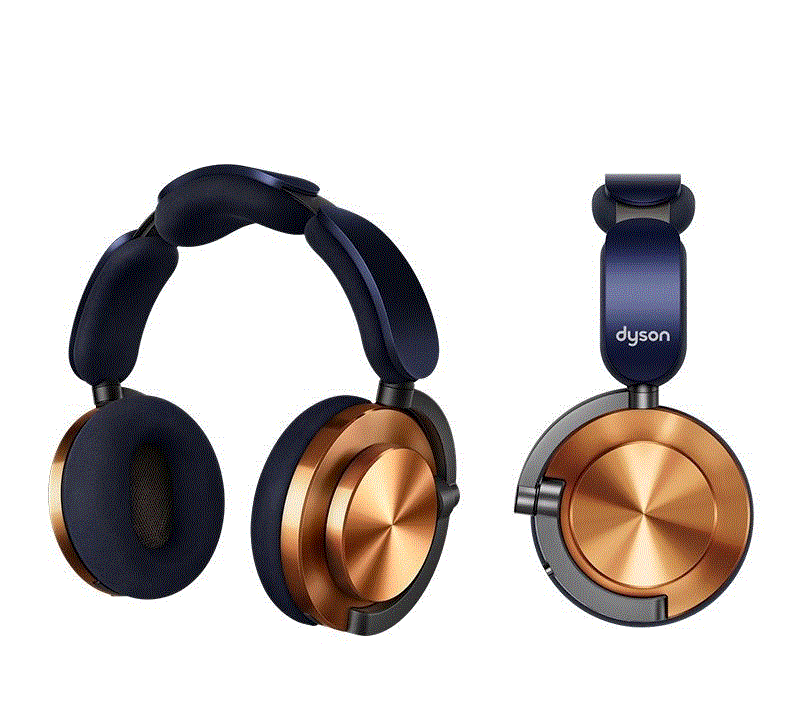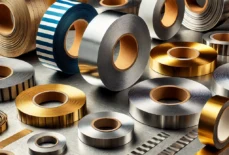If you’re new to the world of aquascaping and fishkeeping, understanding the nitrogen cycle is essential for maintaining a healthy and thriving fish tank. The nitrogen cycle is a natural process that converts harmful waste produced by fish into less toxic compounds, ensuring water quality remains suitable for aquatic life. In this article, we will explore the nitrogen cycle, its significance in aquascaping, and how it helps maintain optimal water quality in your fish tank.
The Nitrogen Cycle Explained
The nitrogen cycle is a biological process that occurs in all aquariums, whether freshwater or saltwater. It begins with fish waste, uneaten food, and decaying organic matter, which release ammonia into the water. Ammonia is highly toxic to fish and can be deadly if left unchecked. However, nature has its way of dealing with this issue.
Beneficial bacteria, known as nitrifying bacteria, colonize the surfaces of the aquarium, including the substrate, filter media, and decorations. These bacteria convert ammonia into nitrite, which is still harmful to fish but less toxic than ammonia. As the nitrogen cycle progresses, another group of beneficial bacteria, called nitrite-converting bacteria, convert nitrite into nitrate, a less harmful compound.
The Role of Beneficial Bacteria
Beneficial bacteria are the unsung heroes of the nitrogen cycle. They play a crucial role in breaking down harmful compounds and maintaining water quality in your fish tank. Without these bacteria, ammonia and nitrite levels would skyrocket, posing a severe threat to the health of your fish.
Seeding the Aquarium with Beneficial Bacteria
In a new fish tank, the nitrogen cycle is not yet established, and ammonia levels can quickly rise to dangerous levels. To kickstart the cycle and prevent harm to your fish, it is essential to seed the aquarium with beneficial bacteria. You can do this by adding a bacterial supplement or using filter media from an established aquarium. These methods introduce nitrifying bacteria to your tank, helping to jumpstart the nitrogen cycle and ensure a safer environment for your fish.
Monitoring Ammonia and Nitrite Levels
As the nitrogen cycle progresses, you will need to monitor ammonia and nitrite levels regularly. Test kits are readily available at pet stores and provide an easy way to check these parameters. In a well-established and healthy aquarium, ammonia and nitrite levels should be virtually zero, while nitrate levels will gradually increase. High levels of ammonia or nitrite indicate an issue with the nitrogen cycle and should be addressed promptly to avoid harm to your fish.
Introducing Fish Gradually
The nitrogen cycle takes time to establish, and introducing a large number of fish all at once can overwhelm the system. When setting up a new aquarium, it’s best to start with just a few fish and gradually increase the population as the nitrogen cycle becomes stable. This approach gives the beneficial bacteria time to adjust to the increased waste production, ensuring a smoother and safer transition for your fish.
Performing Regular Water Changes
Even with a well-established nitrogen cycle, it’s essential to perform regular water changes to maintain water quality in your fish tank. Water changes help reduce the buildup of nitrates and other accumulated pollutants, refreshing the water and creating a healthier environment for your fish.
Avoid Overfeeding
Overfeeding is a common mistake made by many fishkeepers, leading to an excess of uneaten food and increased waste in the aquarium. This can disrupt the nitrogen cycle and lead to spikes in ammonia levels. To prevent overfeeding, feed your fish small amounts and observe how quickly they consume the food. Remove any uneaten food promptly to avoid it breaking down and contributing to ammonia production.
Conclusion
Understanding the nitrogen cycle is fundamental to successful aquascaping and fishkeeping. The cycle ensures that harmful compounds, like ammonia and nitrite, are broken down into less toxic substances, like nitrate. Beneficial bacteria play a crucial role in this process, converting harmful waste and maintaining water quality in your fish tank. By seeding the aquarium with these bacteria, monitoring ammonia and nitrite levels, introducing fish gradually, performing regular water changes, and avoiding overfeeding, you can create a healthy and thriving aquatic environment for your fish. Embrace the wonders of the nitrogen cycle and witness the beauty and balance it brings to your aquascape.







































